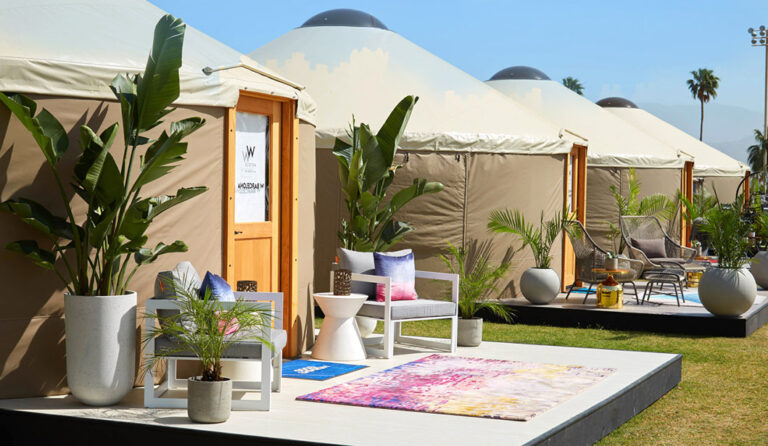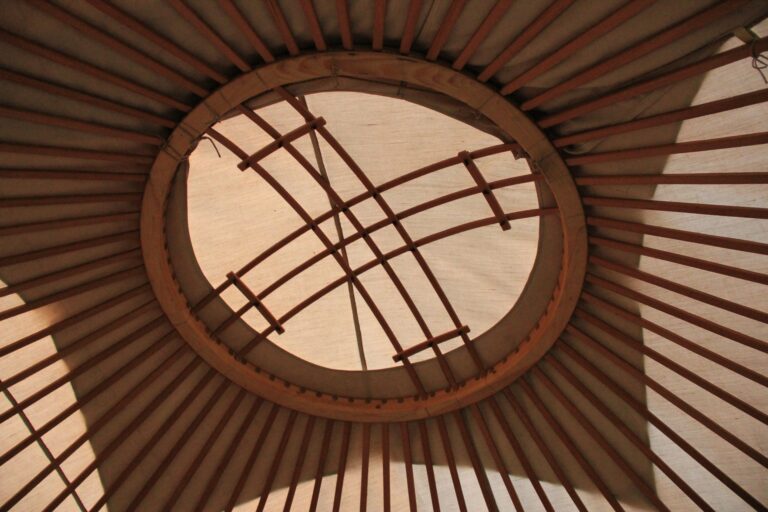Yurts have been around for a long time. Most commonly they are associated with Mongolian nomadic peoples. The term “yurt” or “ger” actually translates as “home” in Mongolian. Yurts have been used in Central Asia for thousands of years. It is possible to buy authentic, Mongolian made Yurts today. Hand crafted, ecologically friendly and study they continue to be popular choices across the world. The rise in Yurt use in festivals across the globe is likely a contributing factor to this. There’s also been a big increase as Yurts being used as a permanent dwelling alternative to timber housing.
Yurts in history
Yurts were first described by famous ancient greek historian Herodotus. He explained how the Scythians, a nomadic group of horse riders, lived and travelled around the Black Sea and Central Asia. The Scythian nation existed for about 700 years until 300 AD. Other reports of Yurt’s usage can be traced back to 600 BCE in Iran. A picture of a Yurt was found on a bronze bowl. Carvings in rocks dated to the Bronze Age in Siberia also illustrate the use of Yurts. Vikings also used a type of yurt, but was more sturdy and stayed in one place for longer rather than being moved around so much.
Later, in the late 1200’s the famous Italian explorer Marco Polo described Yurts being used in Mongolia. As the Mongols spread across Eastern Europe yurt’s usage also spread around the Black Sea to Turkey, Hungary and Romania.
Yurt Features & Structure
The key features of a Yurt is that it is sturdy to protect inhabitants from the elements. They must be able to withstand extreme heat and cold. With little natural protection from shrubs or wooded areas the Yurts must be excellent at withstanding strong and relentless winds. But it must also be portable. Nomadic tribes would likely move their yurts 3 or 4 times a year aided by pack animals.
The general structure of yurts has not changed much over time. Now more energy efficient, high tech materials exists. This can mean lighter structures but offering greater insulation. Both have a crown or center ring, a roof made of rafters, lattice for the side structure, covers and a door, an a center stove with chimney.
Now of course Yurts are much more sophisticated and even luxurious! Proper windows, solar panels, even TVs. You can custom design them with the raw materials you prefer. Of course, everything costs money. It is possible to spend a huge amount on kitting your yurt out with the latest technology and artisan materials. It depends on how big you want your yurt to be. What kind of weather environment will you typically be facing? Typically yurts cost ranges from $25,000 to $55,000.


